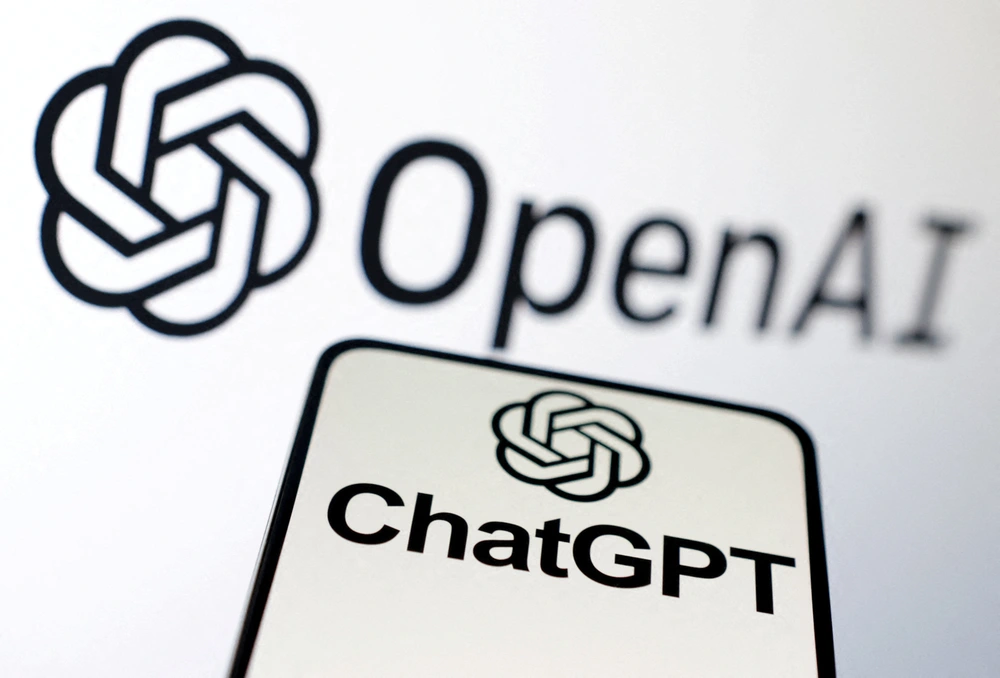Complete Information On Open AI | An Exclusive Article
What Is OpenAI?
OpenAI is a cutting-edge artificial intelligence research organization dedicated to advancing the field of artificial intelligence (AI) while ensuring its responsible and safe development. Established in December 2015, it has evolved into a global leader in AI research, innovation, and ethics.
At its center, it looks to make artificial general intelligence (AGI), which denotes to profoundly independent frameworks that can beat people in most monetarily important work. While AGI stays a drawn out objective, it has previously made critical commitments to the computer based intelligence local area through its innovative work.
Its commitment to ensuring AI benefits all of humanity is one it’s defining principles. This implies keeping away from uses of computer based intelligence that could hurt mankind or move power in the possession of a couple. It works with a mission to utilize any leverage it gets over AGI to guarantee it is utilized to serve all, instead of for destructive purposes.
It engages in cutting-edge AI research, frequently publishing its findings to foster transparency and collaboration in the AI community. It has also developed remarkable AI models like GPT-3, which has applications ranging from natural language understanding to creative content generation.
Through partnerships, collaborations, and the support of like-minded organizations, it continues to push the boundaries of AI research and development, striving to make AGI safe and accessible for the betterment of society.
Read further by the scientists of the best data science company in India –
The History of OpenAI
It was established in Dec, 2015 by Wojciech Zaremba, John Schulman, Ilya Sutskever, Greg Brockman, Sam Altman, and Elon Musk. It was laid out fully intent on tending to the developing significance of computerized reasoning and its expected ramifications for society.
In its early years, it focused on conducting ground-breaking research in AI and machine learning, sharing its findings with the global community through publications and collaborations. Afterwards, it quickly gained recognition for its contributions to the field.
Over time, it evolved its mission to prioritize the safe and responsible development of artificial general intelligence (AGI). It recognized the need to ensure AGI would be used for the benefit of all humanity, avoiding harmful consequences or undue concentration of power.
To fulfill this mission, it has attracted significant funding and support, allowing it to pursue ambitious projects and expand its research efforts. The organization continues to collaborate with other research institutions and organizations to drive progress in AI while emphasizing ethical considerations and safety precautions.
Notable Projects and Releases
Below are some of the notable projects and releases by OpenAI represent the organization’s commitment to advancing AI technology across multiple domains, from natural language understanding and image generation to code generation and speech recognition? They exemplify OpenAI’s dedication to pushing the boundaries of AI research and development while fostering responsible and innovative applications.
GPT-3
GPT-3, short for “Generative Pre-trained Transformer 3,” is one of its most recognized achievements. It’s a language model characterized by its astonishing ability to generate human-like text. With a staggering 175 billion parameters, GPT-3 has been employed in various applications, including natural language processing, content generation, and even Chatbot. It’s known for its versatility and capability to perform tasks such as language translation, content summarization, and text completion. GPT-3 has attracted attention for its potential to revolutionize how we interact with technology and automate tasks that require natural language understanding.
DALL-E and DALL-E 2
DALL-E is another remarkable creation from OpenAI. It’s an AI model designed to generate images from textual descriptions. This means you can describe an image you want, and DALL-E will create it for you. Whether it’s fantastical creatures, surreal landscapes, or everyday objects with a creative twist, DALL-E can visualize it. DALL-E 2 is the successor to this innovative model, further improving its image generation capabilities and expanding its creative potential. These models have found applications in art, design, and visual content creation, showcasing the fusion of AI and creativity.
CLIP
CLIP, or “Contrastive Language-Image Pretraining,” is a cross-modal model developed by them. It can understand and connect images and text, allowing it to perform tasks like image classification based on textual descriptions or generating textual descriptions from images. CLIP’s versatility extends to a wide range of applications, from content recommendation to visual search engines, making it a powerful tool for bridging the gap between language and vision.
ChatGPT
ChatGPT, like the one you’re interacting with right now, is this model designed for engaging and natural conversation. It excels in generating human-like responses to user queries and can be integrated into chatbots, virtual assistants, and customer service applications. ChatGPT’s primary focus is on providing helpful and contextually relevant responses to facilitate meaningful interactions between humans and machines.
Codex
Codex is its AI system specialized in code generation and understanding. It’s particularly useful for software development tasks, as it can generate code snippets, provide explanations, and assist developers in writing and debugging code more efficiently. Codex can work with a variety of programming languages, making it a valuable tool for software engineers and programmers.
Whisper
Whisper is its automatic speech recognition (ASR) system. It’s designed to convert spoken language into written text, making it invaluable for applications like transcription services, voice assistants, and accessibility tools. Whisper’s accuracy and adaptability make it a reliable choice for converting spoken content into a text format for various purposes.
OpenAI and Microsoft
Its organization with Microsoft is a huge improvement in the field of man-made brainpower. In 2020, OpenAI and Microsoft declared an essential organization that elaborate a significant venture by Microsoft in OpenAI. The cooperation expects to use its state of the art man-made intelligence exploration and innovations and coordinate them with Microsoft’s distributed computing foundation and assets.
This organization permits it to get to Microsoft’s broad distributed computing abilities, making it simpler to scale and send its computer based intelligence models and innovations. It likewise empowers it to utilize Purplish blue, Microsoft’s cloud stage, to help its innovative work endeavors. Consequently, Microsoft benefits from its progressions in artificial intelligence, which can improve its own man-made intelligence items and administrations.
The partnership aligns with its mission to ensure the benefits of AI are distributed widely and responsibly. By collaborating with a tech giant like Microsoft, it gains both financial support and access to a vast ecosystem of developers and customers, helping it further its goals of responsible and beneficial AI development.
Criticisms of OpenAI
OpenAI, despite its power-packed work in AI research, has faced several criticisms:
Critics argue that its advanced AI models, like GPT-3, may perpetuate biases present in the data they are trained on. Concerns have been raised about the potential for these models to amplify existing inequalities and biases in society.
Some critics are wary of its involvement in commercial ventures, as it may prioritize profit over its original mission of ensuring AI benefits all of humanity. Concerns about exclusive licensing of AI technologies have also been raised.
Its practice of not disclosing certain model details, particularly with GPT-3, has drawn criticism regarding transparency and accountability in AI development.
The vast computational resources required to train AI models like GPT-3 have led to concerns about their environmental impact, particularly in terms of energy consumption.
Its choices regarding AI use cases and ethical guidelines have faced scrutiny. Questions have been raised about whether the organization’s commitment to safety and ethics aligns with its actions.
The Future of OpenAI
The future of OpenAI holds great potential and challenges. It continues to work towards its long-term mission of developing artificial general intelligence (AGI) that benefits humanity. This may involve further breakthroughs in AI research, advancements in safety protocols, and collaborations with other organizations.
OpenAI’s association with Microsoft is supposed to assume an essential part in its future, empowering the association to use Microsoft’s assets and skill to speed up its artificial intelligence drives.
Summing Up
OpenAI is likely to remain at the forefront of AI research and development, focusing on ethical considerations and transparency to address criticisms and ensure the responsible deployment of AI technologies, further added by the best machine learning company in India. As AI continues to reshape various industries and aspects of society, OpenAI’s role in shaping the future of AI will be closely watched, with an emphasis on its commitment to safeguarding humanity’s interests.





